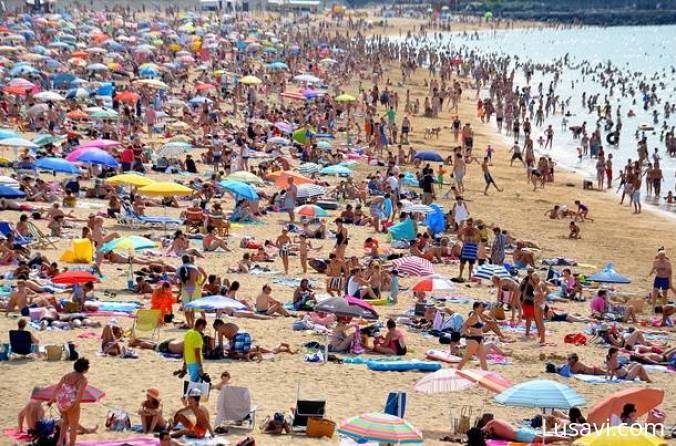Overtourism: When Too Many Tourists Become a Problem
In recent years, the world has witnessed an explosion in global travel. From the canals of Venice to the temples of Angkor Wat, millions of tourists now flock to the same iconic destinations. But with this surge comes a rising problem: overtourism.
What Is Overtourism?
Overtourism occurs when a destination receives more tourists than it can sustainably handle. This phenomenon leads to environmental degradation, rising costs of living for locals, overcrowding, and a loss of cultural identity. It’s no longer just a matter of inconvenience; in many places, overtourism is reshaping communities and damaging ecosystems.
Global Hotspots
Some cities and sites have become poster children for the crisis:
-
Venice, Italy: Once a romantic escape, Venice now battles daily with cruise ship crowds and mass tourism. Residents have fled the city, and UNESCO has warned it may put Venice on its endangered heritage list.
-
Barcelona, Spain: Locals have protested against the influx of short-term rentals and party tourists, blaming them for rising rent and the erosion of community life.
-
Machu Picchu, Peru: The iconic Incan site has seen its trails and structures worn down by foot traffic, prompting the government to restrict daily visitors.
-
Bali, Indonesia: Once a paradise, Bali now faces water shortages, waste management issues, and disappearing local traditions due to unchecked development driven by tourism.
Why Is It Happening?
Several factors have contributed to the rise in overtourism:
-
Cheap flights and budget travel have made distant destinations accessible to more people than ever before.
-
Social media plays a powerful role, turning certain places into “must-see” attractions.
-
Cruise tourism and mega-resorts bring thousands of people to small locations at once, overwhelming infrastructure.
-
Online rental platforms have increased visitor capacity in neighborhoods not built for tourists.
Consequences for Locals and the Environment
The impact of overtourism goes beyond the tourist experience. Locals often face higher living costs, displacement, and cultural dilution. Environmentally, overtourism can lead to pollution, habitat destruction, and strain on natural resources.
For instance, Thailand’s Maya Bay, made famous by the film The Beach, was closed indefinitely due to coral reef damage caused by tourist boats and swimmers.
Rethinking Tourism: Solutions and Sustainable Models
Cities and countries are starting to act:
-
Tourist caps: Some destinations have implemented strict visitor limits, such as Bhutan, which controls tourism through high daily fees.
-
Taxes and fees: Venice plans to introduce an entry fee for day-trippers to help fund maintenance and crowd control.
-
Promotion of alternative destinations: Encouraging travelers to explore lesser-known areas helps reduce pressure on hotspots.
-
Community involvement: Sustainable tourism includes local voices in planning and decision-making.
What Can Travelers Do?
While the responsibility lies partly with governments and industries, tourists can help by:
-
Visiting during off-peak seasons
-
Choosing less crowded destinations
-
Supporting local businesses instead of international chains
-
Respecting local cultures and environments
Conclusion
Overtourism is not just a travel industry problem it’s a global one that affects communities, environments, and the future of travel itself. As the world opens up again post-pandemic, there’s an opportunity to rethink how we explore the planet. Sustainable tourism isn’t just a trend it’s a necessity.
On Lusavi.com you will find: Vacation rentals worldiwde | B&Bs worldiwde | Hotels worldiwde | Guesthouses worldiwde | Farmhouses worldiwde | Apartments worldiwde | Room rentals worldiwde

